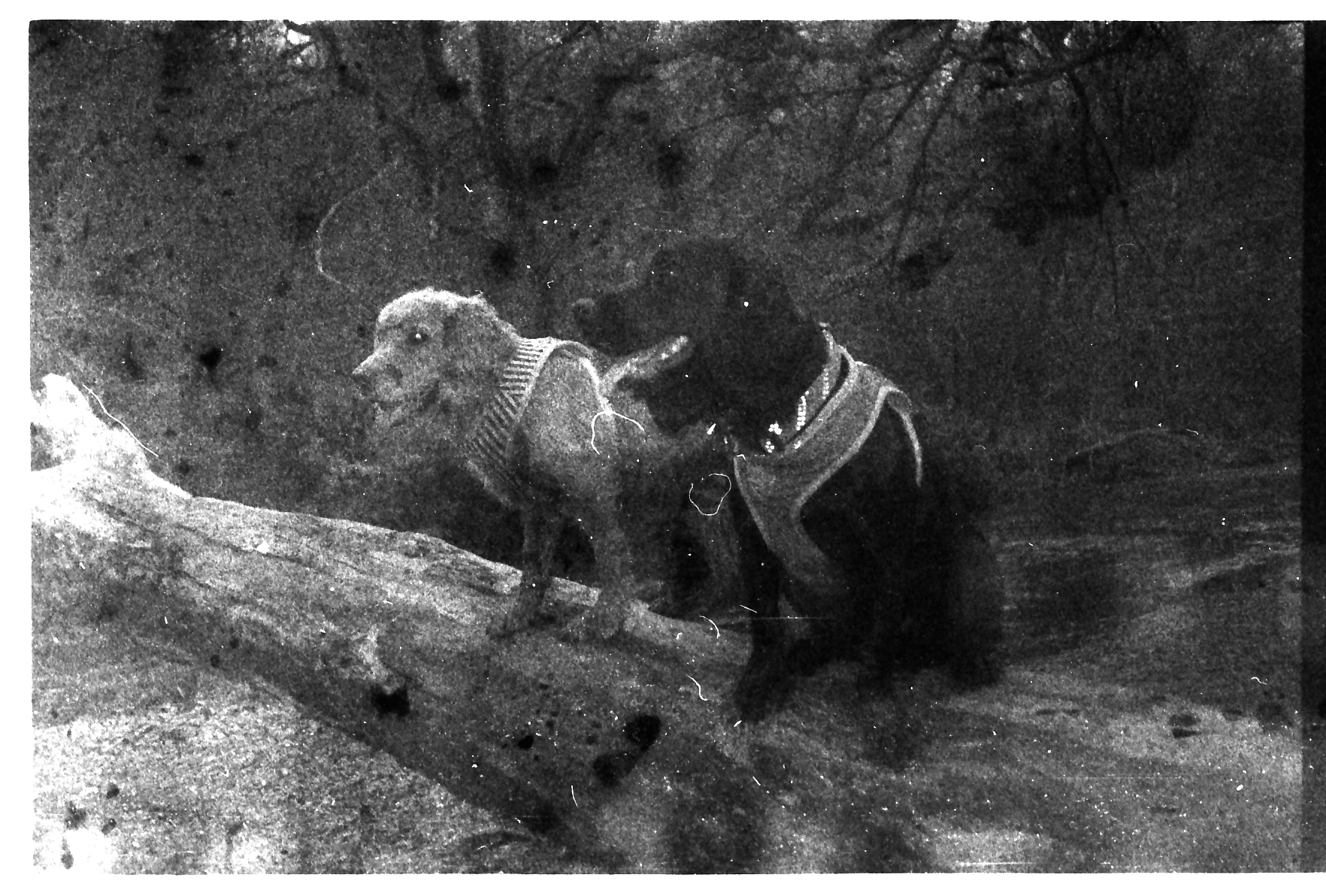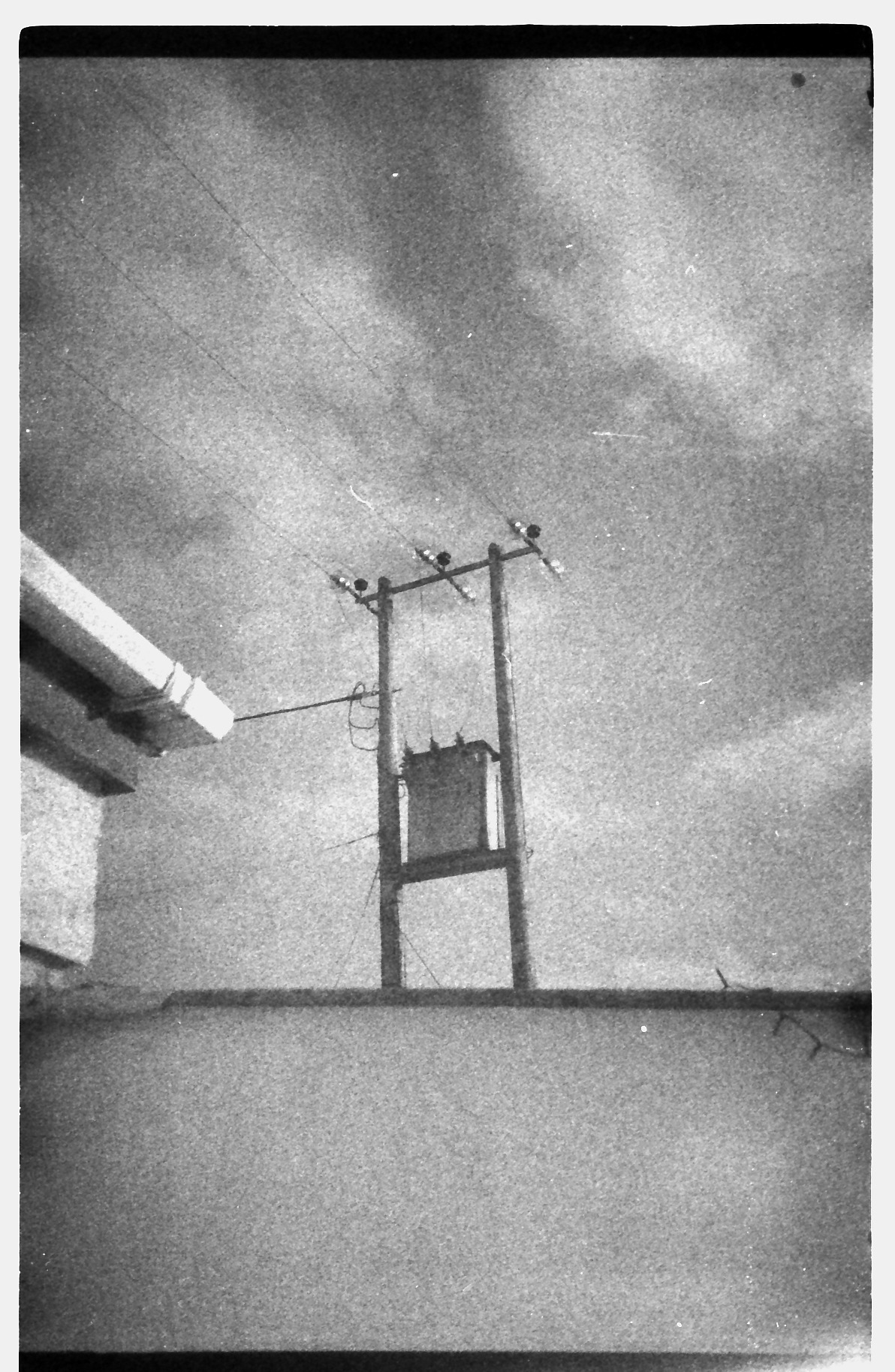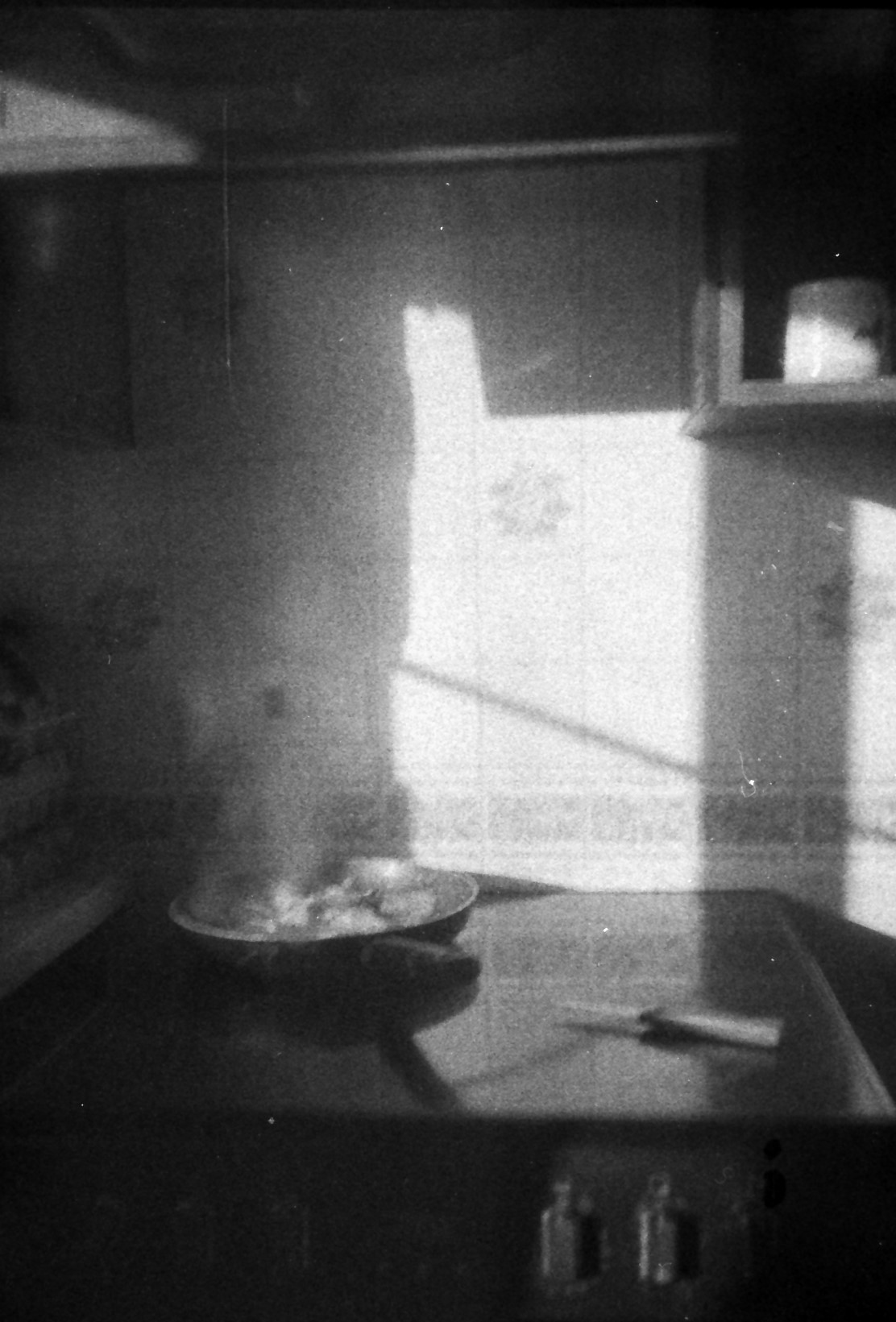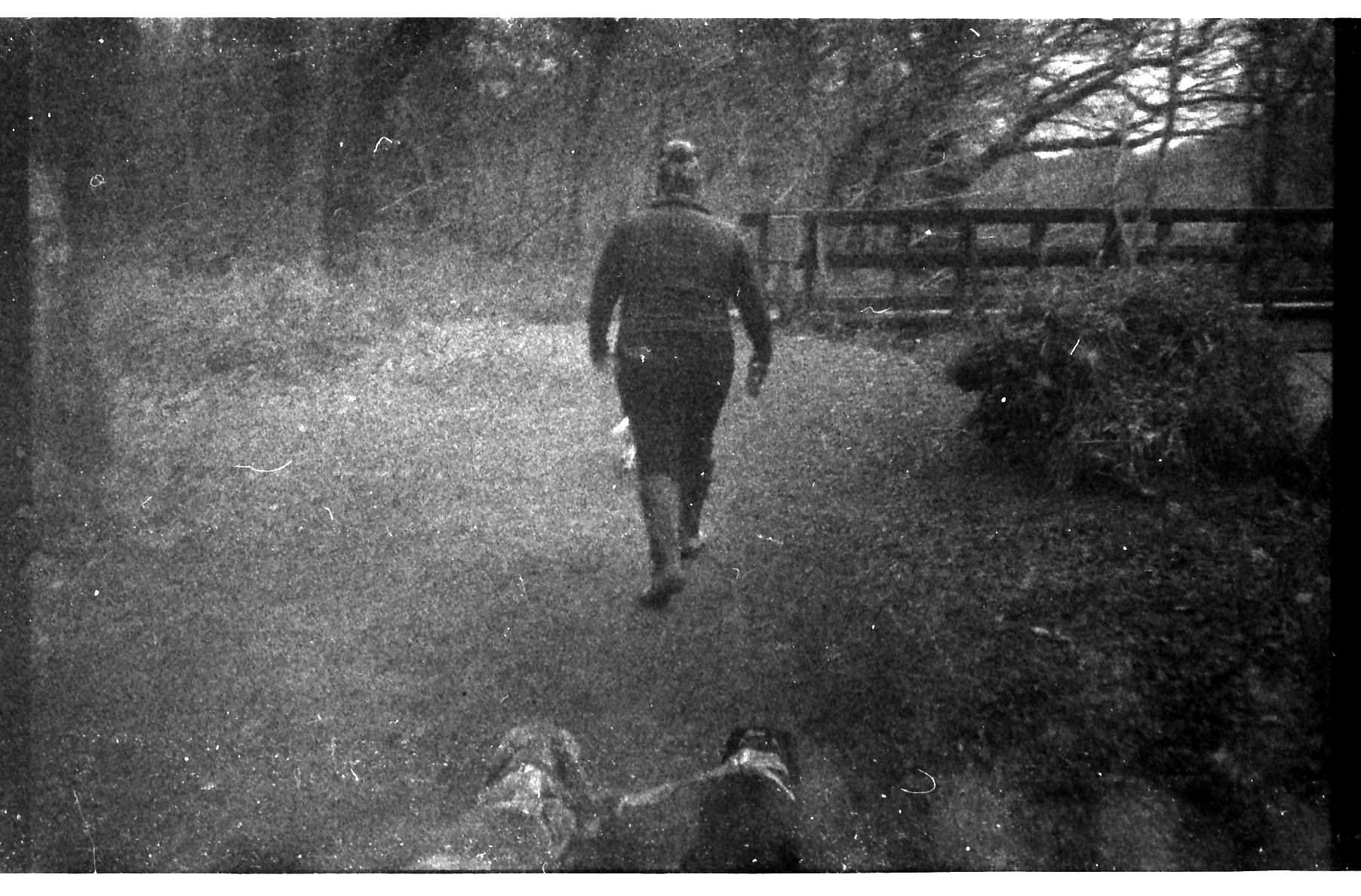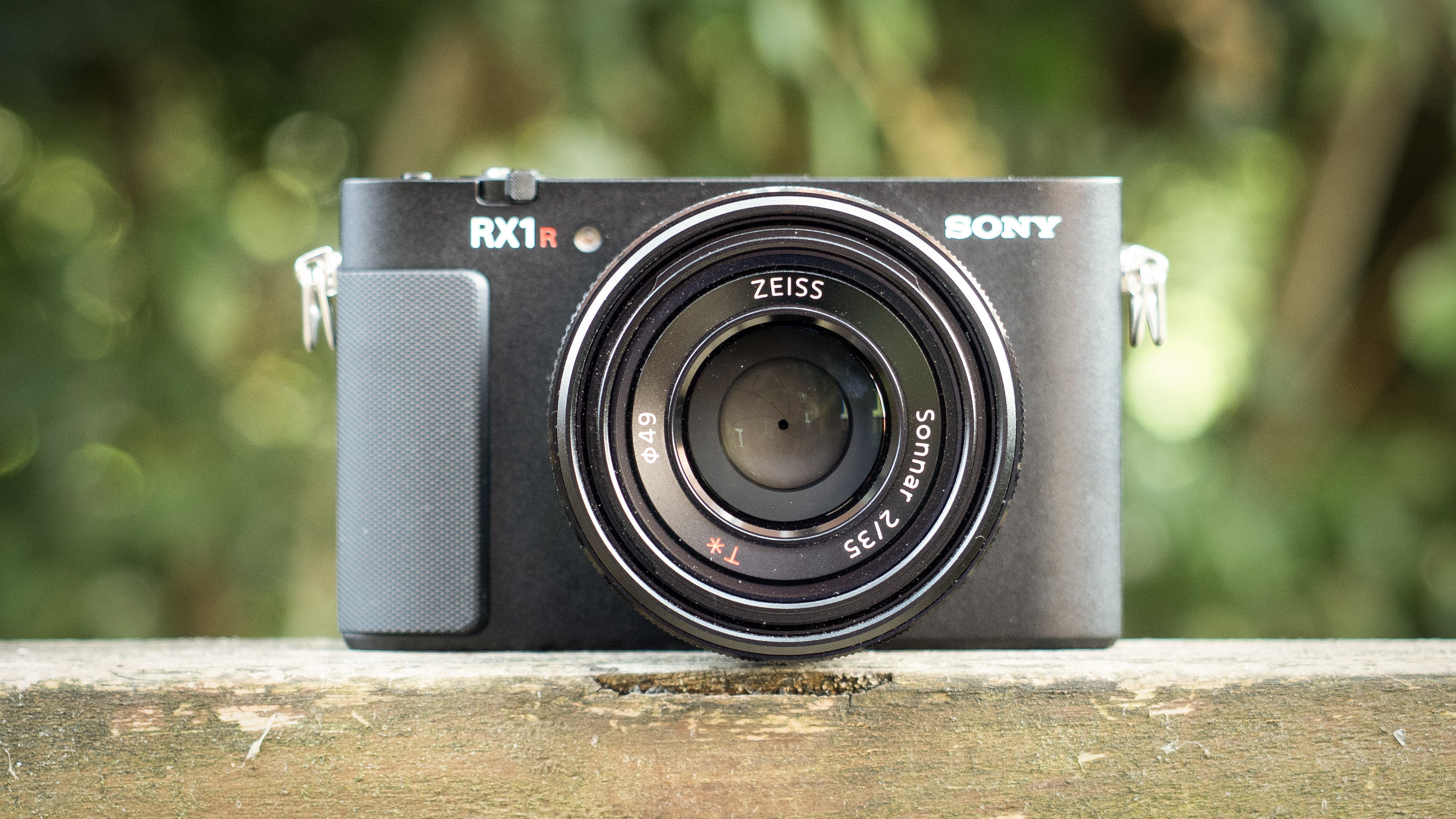I shot a 30-year-old roll of expired Kodak film and I was amazed with results!
I shot a roll of expired 30-year-old film, and it still produced the goods - kinda
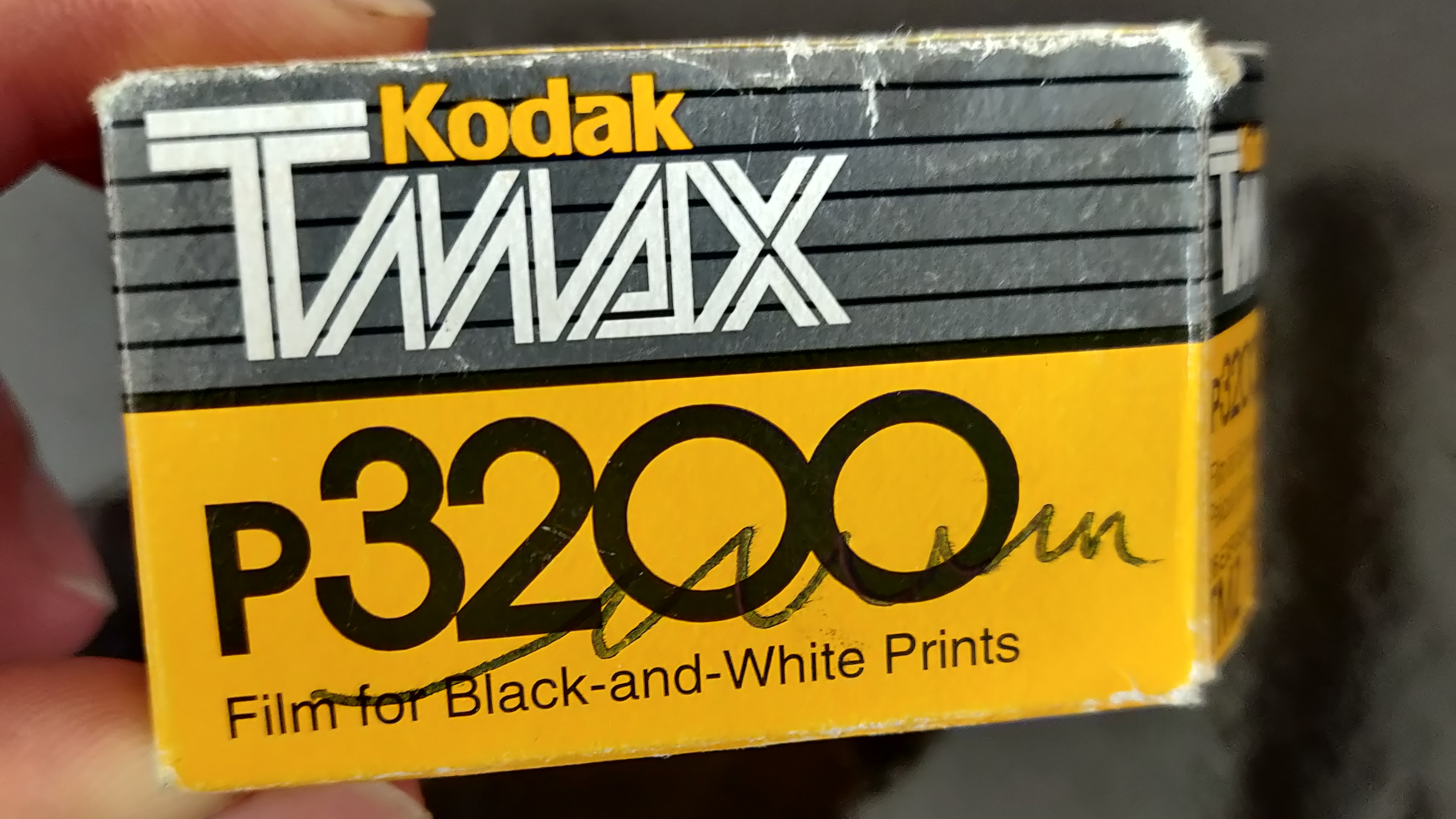
Is using an old roll of film, well over its best-before date a way of getting around the recent film shortage? I shot a roll of 30-year-old Kodak TMax T3200 black and white 35mm film to find out…
As analog photography sees a resurgence, film is getting harder to come by. We previously reported that Kodak was increasing its film prices, and Fujifilm has put a halt on selling some of its popular films until it has enough raw materials to continue. This means that many photographers are looking at other options for loading up their film cameras, and one of the most common is buying old, expired film.
Expired film can be an interesting medium to work with, as it can produce unpredictable results that can add unique character to your photographs. The primary challenge with shooting expired film is the fact that the film's sensitivity to light degrades over time – leading to inconsistent color reproduction and increased graininess.
To shoot an expired film successfully, it is important to take into account the age of the film and how it has been stored. Film that has been stored in a cool, dry place is more likely to produce usable results than a film that has been exposed to heat or moisture. It is also important to adjust your camera settings to compensate for the film's reduced sensitivity to light, which may require using a slower shutter speed or larger aperture.
With all this in mind, I decided to take a chance on a 30-year-old roll of Kodak TMAX P3200 which had been left in a family member's old camera bag. In its heyday, this fast black-and-whtie film was designed for professionals to achieve shots when the light was at its worst, and with an ASA (ISO as we say today) of 3200 – this was the perfect film for low-light photography.
But how would it fair 30 years later, being sorted in a dusty old camera bag in an attic of a house in Dubai.... to even get a photo would be a miracle, and a miracle is just what happened.
So, having no hope for this film, and hoping to try out a new point-and-shoot film camera I picked up at a car boot, I thought if I can just get one shot and prove the camera works then this film has done its job.
The best camera deals, reviews, product advice, and unmissable photography news, direct to your inbox!
To my surprise after a week of taking photos of really nothing special, as I thought there would be no images at all, you can imagine my surprise when I took the spool out of the developing tank and I got a whole roll of 38 images, just how this was able to happen is beyond me, but it was a pleasant surprise, not only does my new point and shoot camera work, but I got some nice images too.
OK, they are not amazing, the grain really is taking over, and they will never be award-winning or good enough for my portfolio. But what they are, are nice snapshots and keep-sakes this I will cherish, and that is the magic of film photography, and shooting expired film, you never know what you're going to get - Was I incredibly lucky, YES - would I be able to pull this party trick off again, NO - this was a happy experience, which makes these photos that little bit better for me.
Read more:
The best 120 roll film
Best sheet film
Best film cameras T
he best film scanners
Best darkroom equipment: photo enlargers, film tanks, trays

For nearly two decades Sebastian's work has been published internationally. Originally specializing in Equestrianism, his visuals have been used by the leading names in the equestrian industry such as The Fédération Equestre Internationale (FEI), The Jockey Club, Horse & Hound, and many more for various advertising campaigns, books, and pre/post-event highlights.
He is a Fellow of the Royal Society of Arts, holds a Foundation Degree in Equitation Science, and holds a Master of Arts in Publishing. He is a member of Nikon NPS and has been a Nikon user since his film days using a Nikon F5. He saw the digital transition with Nikon's D series cameras and is still, to this day, the youngest member to be elected into BEWA, the British Equestrian Writers' Association.
He is familiar with and shows great interest in 35mm, medium, and large-format photography, using products by Leica, Phase One, Hasselblad, Alpa, and Sinar. Sebastian has also used many cinema cameras from Sony, RED, ARRI, and everything in between. He now spends his spare time using his trusted Leica M-E or Leica M2, shooting Street/Documentary photography as he sees it, usually in Black and White.
